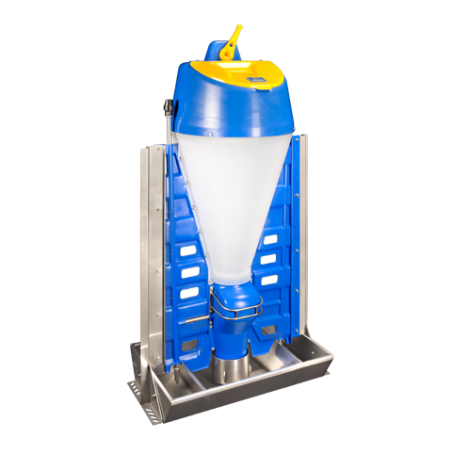Ten U.S. states (Arizona, California, Colorado, Florida, Maine, Massachusetts, Michigan, Ohio, Oregon, and Rhode Island) have passed laws restricting the use of gestation crates for sows, in many cases allowing confinement only in limited circumstances. Other than Michigan and Ohio, most states banning gestation crates each produce less than 1% of total U.S. pork output. By 2026, when all currently passed policies will have been fully implemented, less than 8% of the U.S. breeding hog inventory (at currently reported levels) will be covered by a gestation crate ban. Even so, the bans will affect a proportionally smaller share of pork producers because hog operations in these 10 states tend to be smaller than those in states with larger industries. While the gestation crate bans will cover about 6% of the total U.S. hog inventory by 2026, more than 17% of U.S. pork producer operations will be subject to a gestation crate ban if the distribution of operations remains at current levels.
For farrow-to-finish operations, converting away from gestation stalls would increase the per-pound cost of producing finished hogs by 8.7%, according to a 2011 estimate by Oklahoma State University researchers. Although these costs can be substantial for producers, the small size of industries in states that have banned crates and the retail availability of pork produced in states without the same restrictions mean that gestation crate bans alone may not have a discernible effect on retail prices.

However, when the policies extend beyond the hog barn and reach the grocery aisles, those costs can affect consumer prices. California and Massachusetts passed bans on retail sales of all pork from hogs that were kept in gestation crates, as well as their offspring, even if they were raised in other states. In California, it is estimated pork prices could increase 7.7% under the ban, reducing demand by 6.3% and resulting in an annual loss of economic benefits to consumers worth $320 million. However, enforcement of the California ban, stemming from voter approval of a ballot issue known as Proposition 12, as well as a similar ban in Massachusetts, has been delayed until the U.S. Supreme Court rules on a challenge to Proposition 12.
April 24, 2023/ USDA/ United States.
https://www.ers.usda.gov








